Before washing your North Face backpack, proper preparation ensures effective cleaning and prevents damage. Start by emptying all pockets and compartments to avoid losing items or damaging the bag. Remove detachable parts like straps, metal frames, or keychains. Shake the backpack to remove loose dirt, then use a soft brush to clean off surface dust. For stains, gently spot clean with a damp cloth and mild soap.
Next, open all zippers and turn the backpack inside out to ensure a thorough wash. Check the care label for specific instructions based on the material. Gather supplies such as mild detergent, a soft brush, and clean towels. Fill a sink or tub with lukewarm water and add a small amount of detergent. If using a washing machine, place the backpack in a mesh laundry bag for protection. Avoid bleach, fabric softeners, or harsh chemicals, and never soak leather parts. Always test cleaning products on a small, hidden area first.
Some bag suppliers recommend air drying the backpack in a well-ventilated area, away from direct sunlight, to prevent fabric weakening or discoloration. Proper preparation helps maintain your backpack’s durability and cleanliness.
Hand wash North Face Backpack method
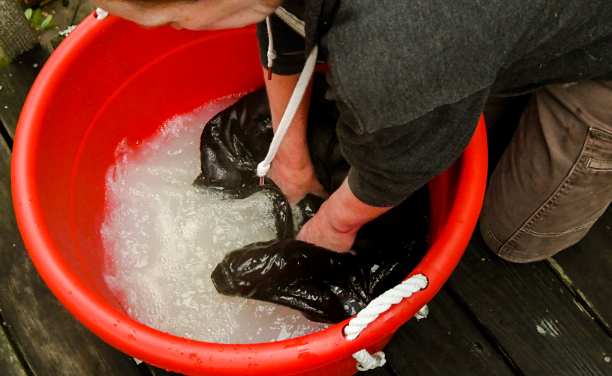
Hand washing your North Face backpack is a gentle way to preserve its materials and ensure that the backpack remains in good condition. Follow these steps to wash your backpack:
The first step in cleaning a backpack is to spot clean it. Don’t rush to toss the whole pack into the washing machine for a light stain. I once skipped spot cleaning on a travel backpack, and later stains became harder to remove. Now, I use a damp cloth to gently clean dirty areas, allowing stains to dissolve more easily.
For tricky spots like zipper seams and corners, a soft-bristled toothbrush works wonders. I once cleaned an outdoor backpack covered in dust, and after using a toothbrush, the results were almost like professional bag supplier help you cleaning. Just brush gently to avoid damaging the material.
Avoid strong chemicals like bleach, as they can harm the fabric and fade colors. I learned this the hard way when a chlorine-based cleaner dulled my backpack’s vibrant look. Now, I stick to mild detergents or plain water, which is both effective and eco-friendly.
When drying, skip the dryer—it can warp fabric and padding. Instead, I air-dry my backpack in a ventilated space. For heavier backpacks, I place a towel inside to help maintain their shape.
With careful cleaning, my backpacks have stayed like new for years. Hand washing every few months preserves the fabric and waterproof coating, keeping your best backpack manufacturer functional and durable for the long run.
Machine Washing Method of North Face Backpack
To wash your North Face backpack in a machine, follow these steps to clean it without damaging the fabric or structure.
| Instruction | Details |
|---|---|
| Use Gentle Cycle with Cold Water | Wash your backpack on a gentle cycle with cold water to avoid wear and tear from bag manufacturer. |
| Mild Detergent | Use a small amount of mild detergent suitable for synthetic fabrics. This will clean your backpack without harming it. |
| Protect the Backpack | Put your backpack in a mesh laundry bag or pillowcase to protect the straps, zippers, and buckles during the wash. |
| Remove Detachable Parts | If your backpack has removable parts like hip belts or frames, take them off before washing to avoid damage. |
| Close Zippers and Fasten Buckles | Make sure to zip all zippers and fasten the buckles before putting your backpack in the washing machine. This helps prevent snagging and damage to the zippers. |
| Avoid Bleach or Fabric Softener | Do not use bleach or fabric softener. These can damage the fabric and reduce the waterproofing of your backpack. |
| Extra Rinse Cycle | After the wash, run an extra rinse cycle to make sure no detergent is left on the fabric. |
| Air Dry | Let the backpack air dry after washing. Don’t put it in the dryer, as the high heat can damage the materials and structure. |
| Wash Alone or with Similar Items | Wash your backpack by itself or with other lightweight, similarly soiled items. Don’t wash it with heavily soiled clothes. |
| Pre-treat Stains | If there are any heavily soiled spots, pre-treat them with a small amount of detergent before washing. |
| Check the Care Label | Always check the care custom Private Label on your backpack for specific instructions, as there may be extra guidelines for your model. |
Use Nikwax Tech Wash or Grangers Performance Wash for safe cleaning. They remove dirt, restore water repellency, and protect waterproof coatings. Both are biodegradable and designed for outdoor gear. The typical washing time for your North Face backpack is about 30-40 minutes from backpack manufacturer.
Drying Instructions from North Face Backpack Supplier
After washing your backpack, make sure to dry it properly to maintain its condition. Hang it upside down in a well-ventilated area, away from direct sunlight and heat sources, as excessive heat can damage the fabric and coatings. Avoid using a dryer, as high temperatures may compromise the backpack’s durability. To help it retain its shape, stuff the inside with towels, and leave all zippers and compartments open to allow air circulation. Air drying typically takes 24-48 hours, but using a fan can speed up the process. Flip the backpack right-side out halfway through to ensure even drying.
For a quicker drying bag solution, you can also place crumpled newspaper inside to absorb excess moisture, especially in hidden pockets and seams. Always check for any remaining dampness before using or storing the backpack to prevent mold or mildew buildup. If you prefer dry cleaning, take the backpack to a professional cleaner who specializes in delicate fabrics and coatings. This method is ideal for backpacks manufacturer with intricate materials or those that require special care.
To keep your North Face backpack in great condition, follow these simple maintenance tips:
| Tip | Action |
|---|---|
| Spot Clean Often | Use a damp cloth to clean dirt or stains right away. It helps keep your backpack looking good. |
| Air It Out After Use | Always air out your backpack to avoid odors and mildew, especially after long hikes or trips. |
| Store It Correctly | When you’re not using your backpack, store it in a cool, dry place, away from sunlight. This prevents damage to the fabric. |
| Use Water-Repellent Spray | Every few months, spray a water-repellent solution on your backpack to maintain its resistance to water and protect it from the elements. |
| Lubricate Zippers | Keep your zippers running smoothly with a bit of silicone spray. This prevents them from getting stuck or damaged. |
| Fix Loose Threads | Repair any loose threads or small tears immediately. This will stop them from getting worse and help your backpack last longer. |
| Maintain Shape While Drying | To keep your backpack’s shape, stuff it with newspaper when drying. |
| Don’t Overload | Avoid packing your backpack beyond its recommended capacity. Overloading can strain the seams and zippers. |
| Rotate Your Backpacks | If you have several backpacks, rotate their use to avoid wear and tear on just one. |
| Deep Clean Often | Clean your backpack deeply 2-3 times a year, or after heavy use or exposure to dirt. This helps keep it fresh and in good working condition. |
For school backpacks, a student who uses their backpack daily might wipe it down with disinfectant wipes each week to keep it clean. Since lunch containers are used frequently, washing them every day prevents odors and bacteria buildup. With regular use, a school backpack supplier may start to show wear and tear, so replacing it every 2-3 years ensures continued comfort and functionality.
For OEM Bag Service for hiking backpacks, an avid hiker might brush off dirt and mud after each adventure to maintain the fabric and zippers. Before every trip, they check and tighten the straps and buckles for a secure fit. To keep the backpack water-resistant, they reapply a waterproofing treatment once a year, ensuring it stays protected during outdoor expeditions.
What to Avoid during the Wash Bag?
When cleaning your North Face backpack, here are some things you should avoid to keep it in good condition.
| # | Advice | Reason |
|---|---|---|
| 1 | No Hot Water | Hot water can damage the fabric and remove the waterproof coating on your backpack. |
| 2 | Don’t Use a Dryer | Putting your backpack in the dryer can warp or melt the materials, ruining its shape. |
| 3 | Stay Away from Harsh Chemicals | Bleach and strong cleaners can break down the fabric, weakening its durability. |
| 4 | Don’t Scrub Too Hard | Scrubbing aggressively can damage delicate areas, especially padded sections or mesh fabrics. |
| 5 | Don’t Submerge Leather Parts | Leather components should never be submerged in water. This can cause cracking or loss of texture. |
| 6 | Don’t Wash Too Often | Washing your backpack too frequently can wear down its water-resistant treatments and reduce its lifespan. |
| 7 | Never Store When Damp | Storing your backpack while it’s damp can cause mold to grow, leading to bad odors and damage from supplier of backpack. |
| 8 | No Fabric Softeners | Fabric softeners can clog the breathable membranes, reducing ventilation and waterproofing. |
| 9 | No Ironing | Ironing your North Face backpack can melt synthetic materials and ruin its finish. |
| 10 | Don’t Dry Clean | Dry cleaning uses harsh solvents that can damage the fabric and coatings, hurting the overall quality. |
Instead: Spot clean your backpack, use cold water with gentle detergent, and let it air dry completely. Reapply water-repellent treatments when needed.
Summary
Clean and maintain your North Face backpack to keep it looking great and lasting longer. A bit of care will help it serve you well, whether for daily use or outdoor trips. Small steps make a big difference in preserving your gear for years. Bag manufacturers like Sunteam emphasize the importance of proper maintenance to extend the life of your backpack, ensuring both durability and performance.

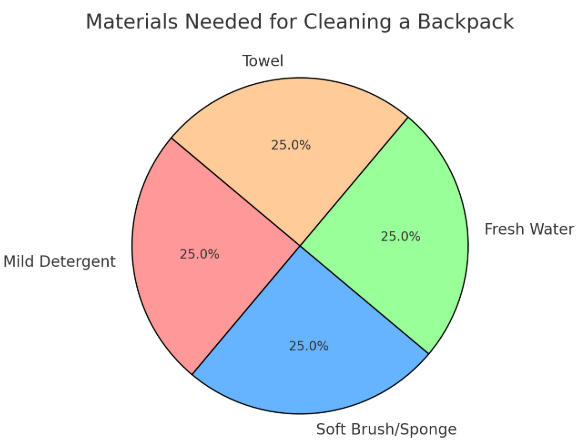

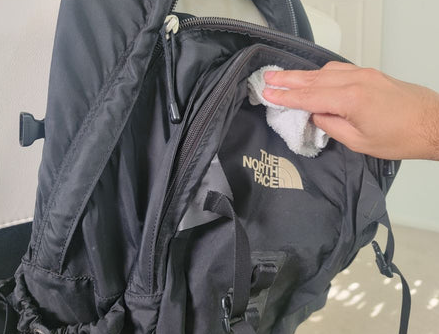
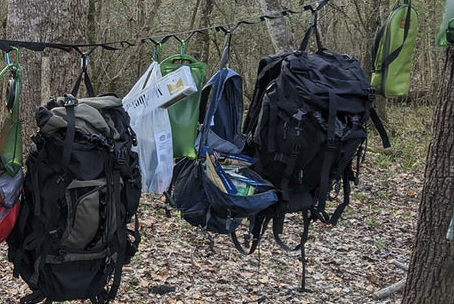
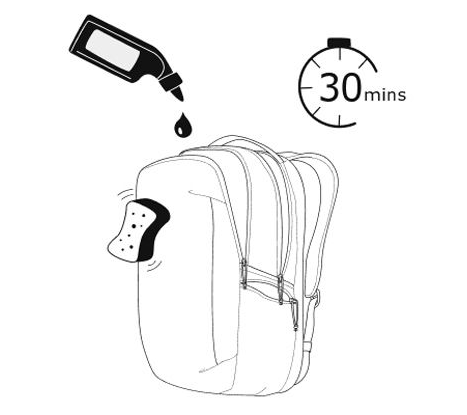
Recent Comments